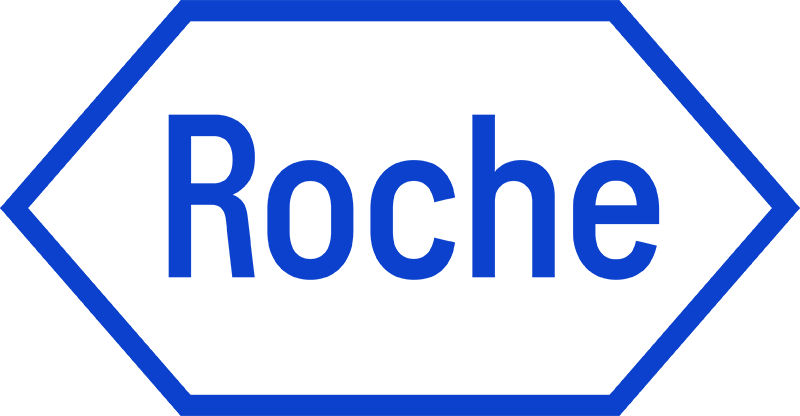- The PRAME (EPR20330) Antibody evaluates PRAME protein expression from patients with suspected melanoma.
- Understanding if the PRAME protein is expressed helps enable more informed clinical decisions and may improve patient outcomes.
- The PRAME (EPR20330) Antibody is the latest addition to Roche’s robust dermatology portfolio with more than 50 dermatology biomarkers designed tomeet a broad range of diagnostic needs.
Roche (SIX: RO, ROG; OTCQX: RHHBY) today announced the launch of Anti-PRAME (EPR 20330) Rabbit Monoclonal Primary Antibody to identify PRAME protein expression in tissue samples from patients with suspected melanoma.
Because the PRAME (PReferentially expressed Antigen in MElanoma) protein is expressed in most melanomas, the PRAME (EPR20330) Antibody* is used as an aid to differentiate between benign and malignant lesions to help improve diagnostic decisions. If PRAME expression is detected, this suggests that the lesion is malignant.
“Every four minutes, one person dies from skin cancer. However, when detected early, localised melanoma is highly curable with a simple surgical excision,” said Thomas Schinecker, CEO of Roche Diagnostics. “Identifying this critical biomarker helps clinicians determine if their patient has melanoma. We’re proud to add the PRAME assay to our already comprehensive test menu of dermatology biomarkers that help inform a patient’s diagnosis and treatment.”
Melanoma is an aggressive skin cancer that originates from melanocytes, which are cells in the skin and eyes that produce and contain melanin. Melanoma develops when unrepaired DNA damage to melanocytes triggers mutations that cause the melanocytes to grow rapidly and form malignant tumours. When detected early, the five-year survival rate is 99 percent.1
The first test that is used to evaluate a potential melanocytic lesion is a Hematoxylin and Eosin (H&E) stain of the patient’s tissue sample. However, not all melanomas are easily diagnosed using H&E alone. Studies suggest that detection of PRAME expression by Immunohistochemistry (IHC) complements findings from routinely used tests and enables more informed clinical decisions and improved patient outcomes.2-4 In particularly challenging cases, use of PRAME IHC may highlight abnormal cells expressing the PRAME protein and provide more confidence in diagnosis of melanoma.
More information about PRAME will be presented at the International Academy of Pathology 2022 World Congress in Sydney, Australia on 14 October 2022 in a session titled “The diagnostic approach to melanocytic lesions”.


